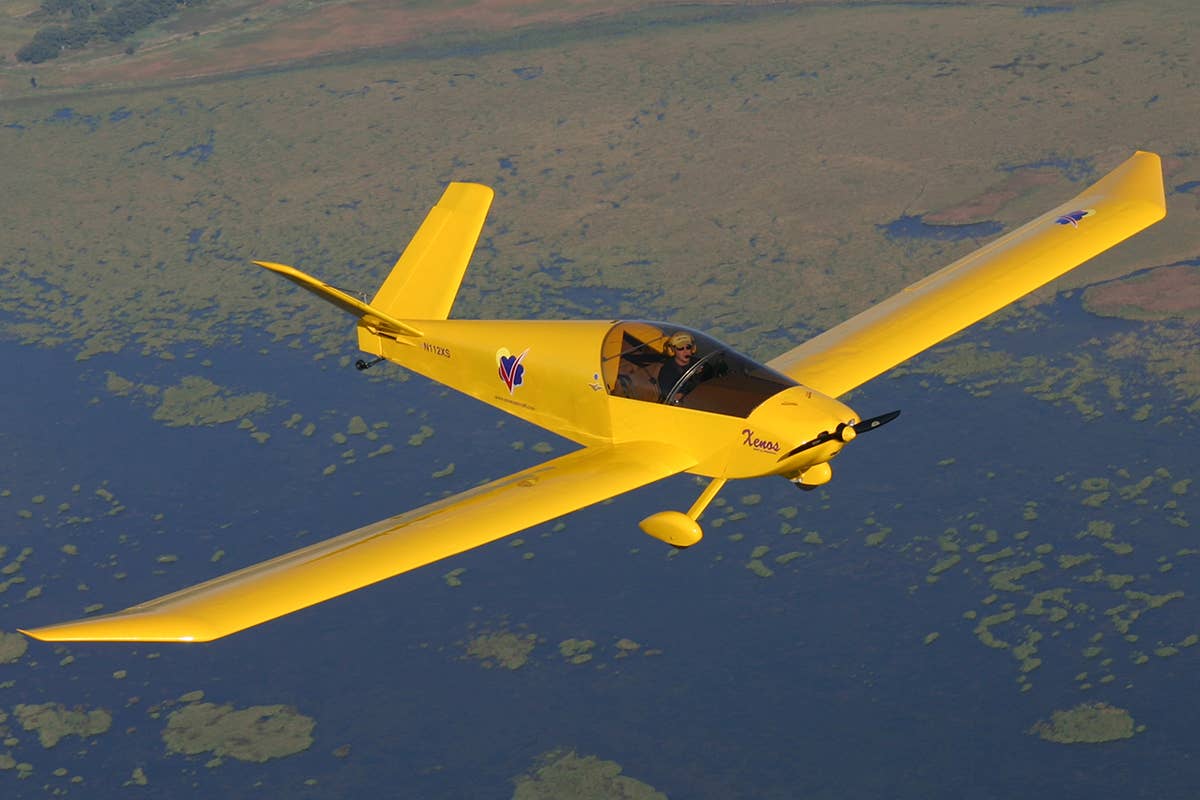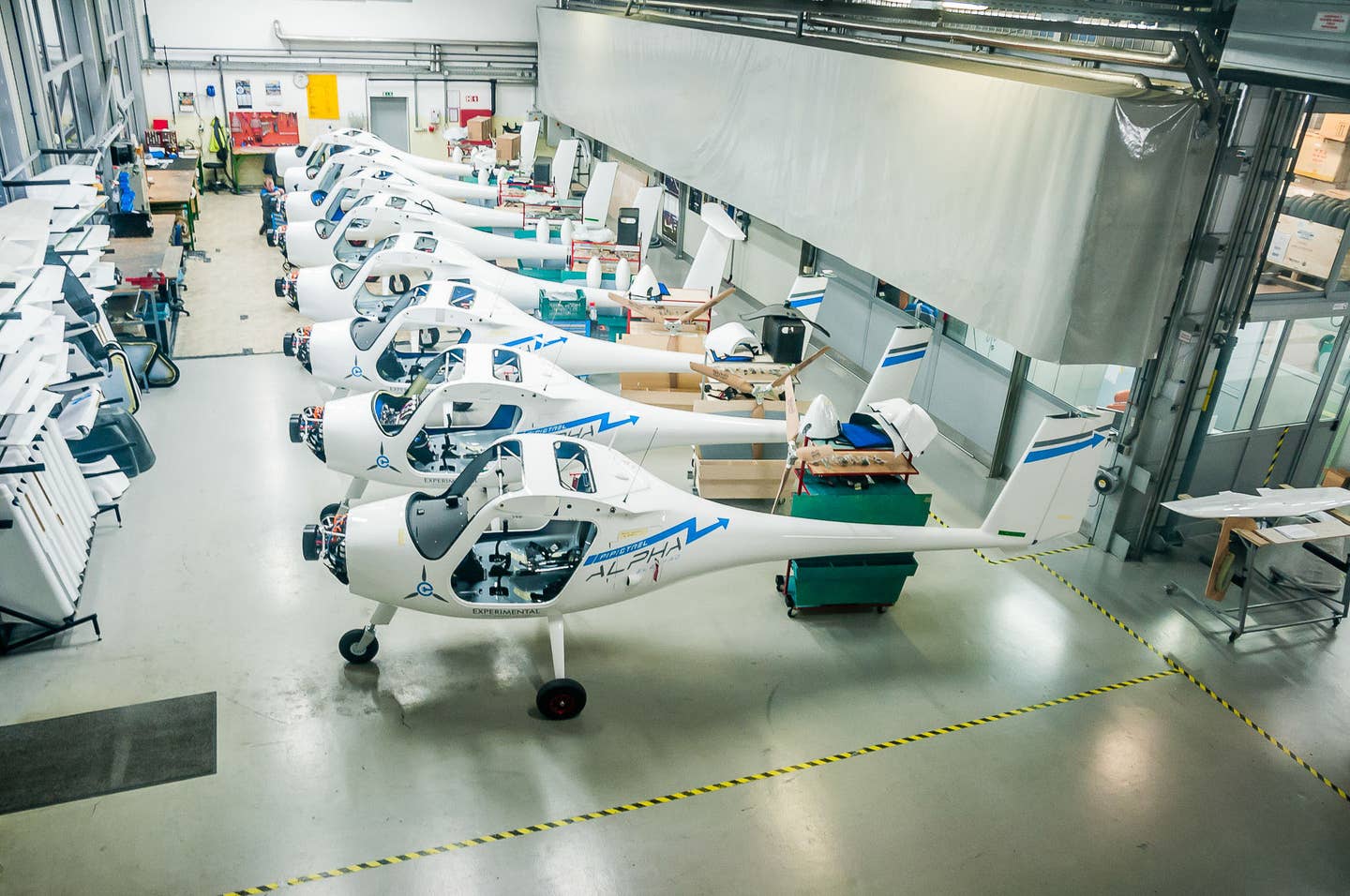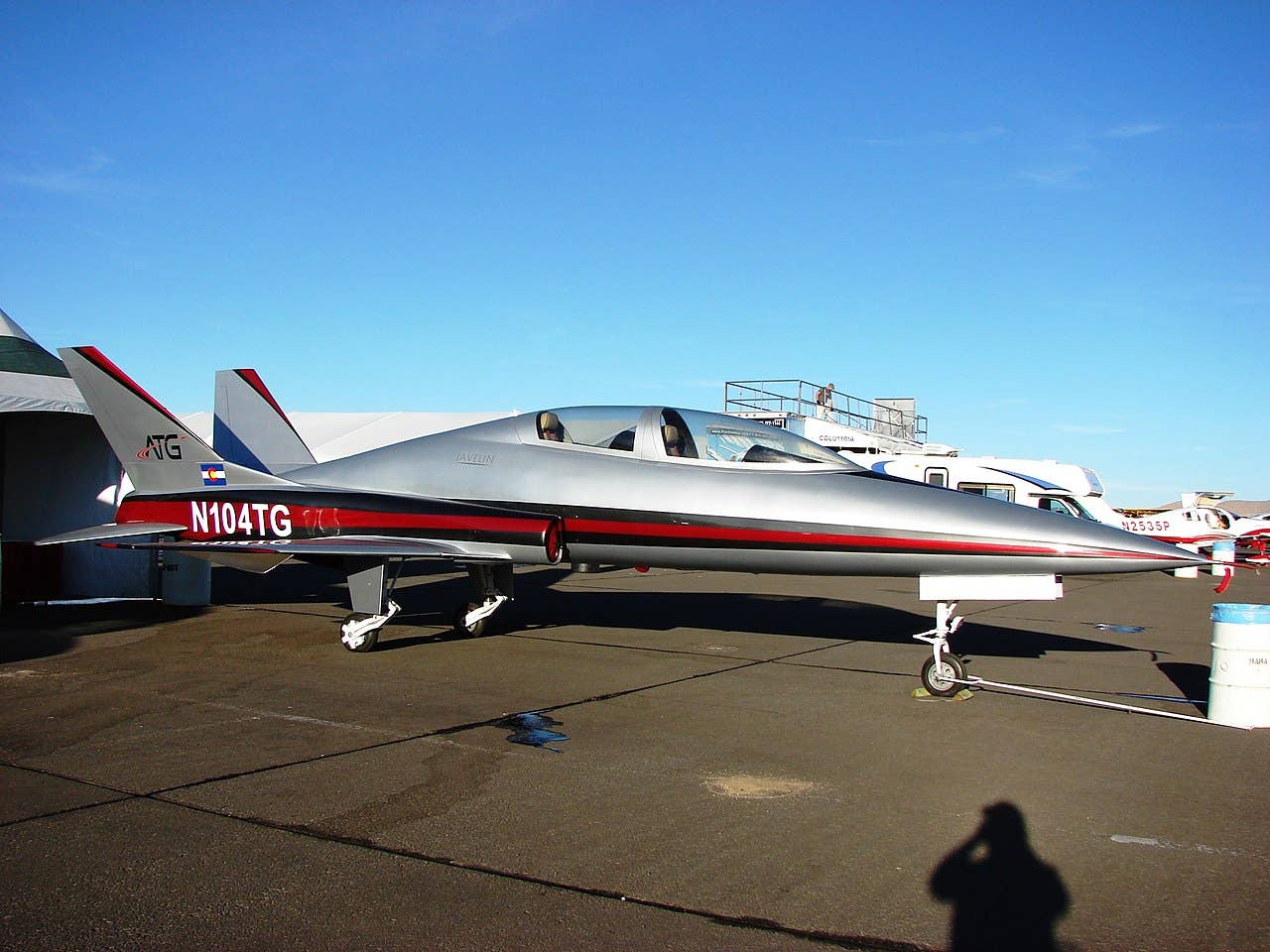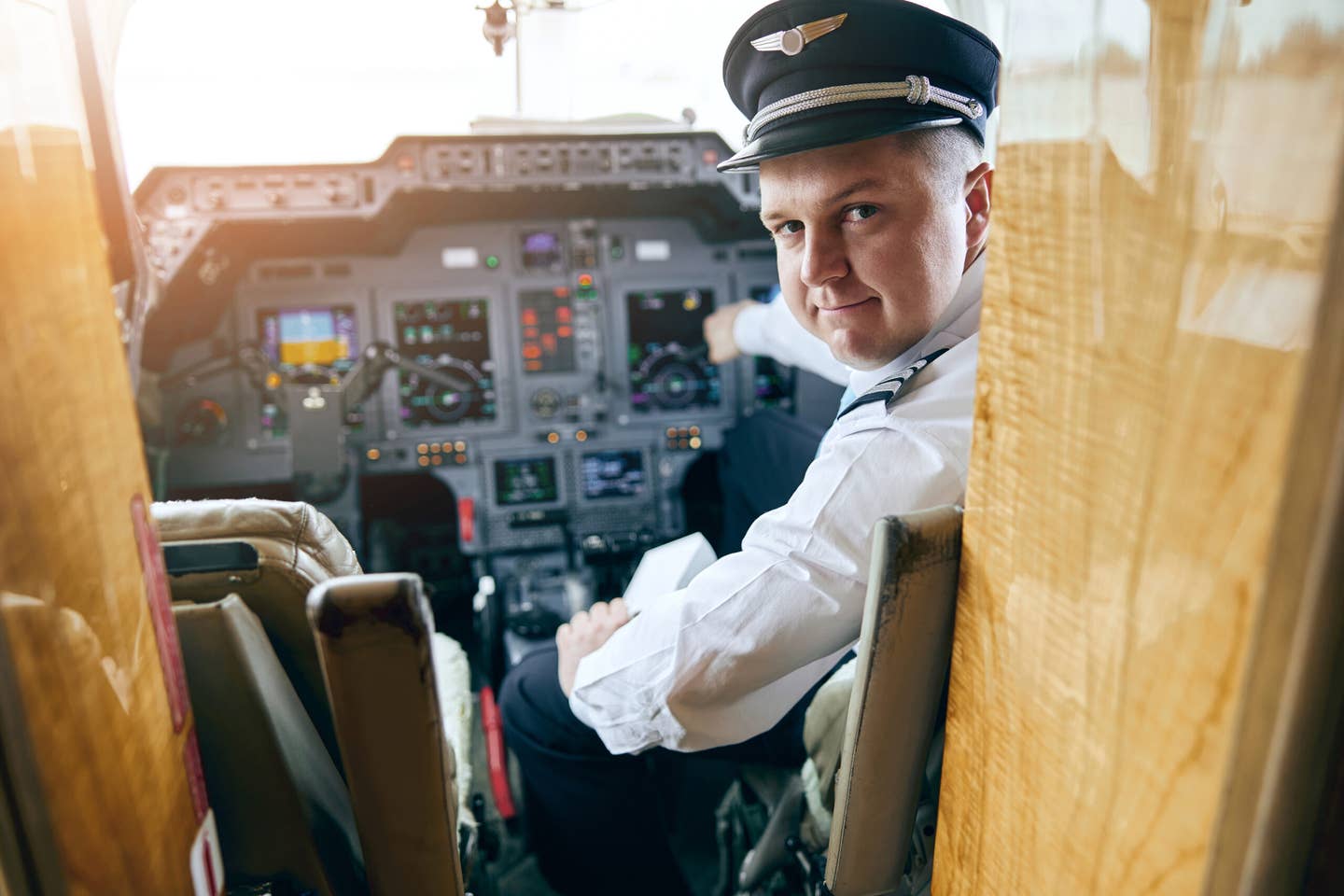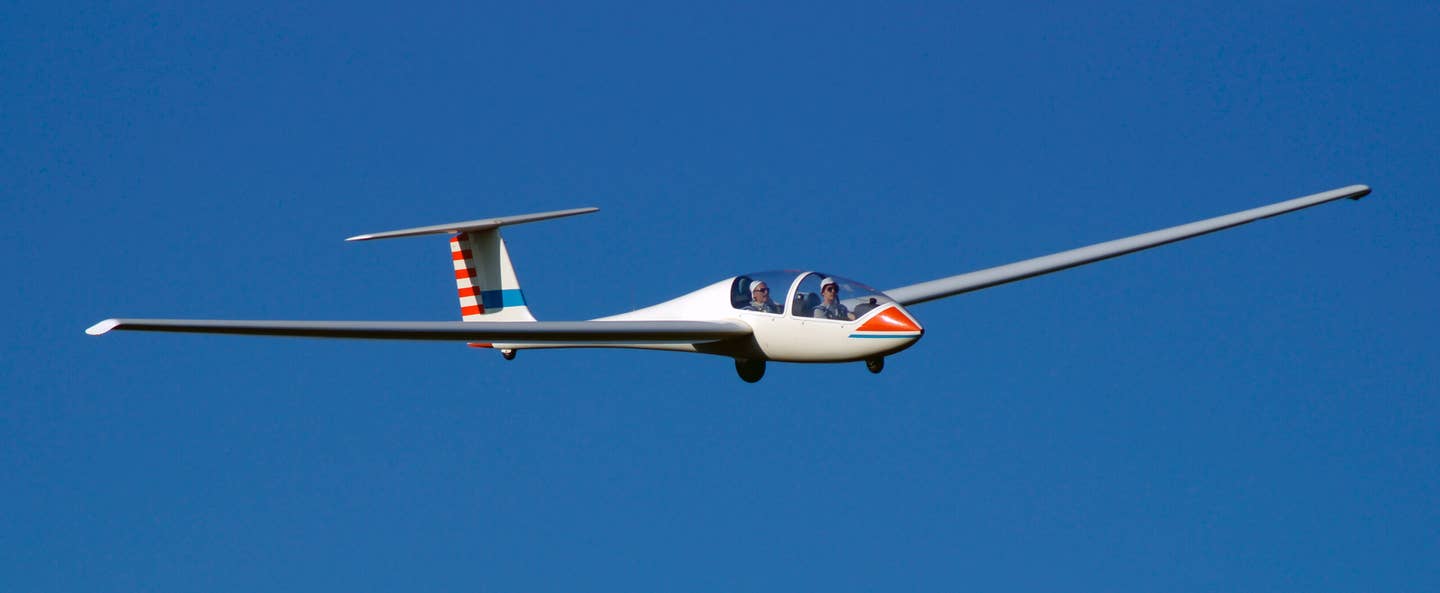How to Make a Solid Financial Choice for Your Aviation Education
Learn how you can use a new study to get the best return on your investment.

You should consider a variety of other factors if considering a collegiate aviation program, but value and return on investment are very important things to think about. [File Photo: Adobe Stock]
Of the many paths to professional piloting, college aviation programs are straightforward and efficient. However, many of these programs come with astronomical price tags. How can an aspiring aviator get the most bang for their buck when choosing an aviation university?
Powerful Data
Until recently, it would have been very difficult to compare our options. Thankfully though, an intrepid researcher named Preston Cooper just completed a project for the The Foundation for Research on Equal Opportunity, and we now have an incredibly powerful tool for comparing aviation universities.
“How can an aspiring aviator get the most bang for their buck when choosing an aviation university?”
Cooper and his colleagues gathered data on graduates from more than 30,000 different bachelor degree programs in the United States. They noted the cost for each degree, and compared that to real-world earnings data for graduates to calculate a return on investment (ROI) for each program.
As we use Cooper’s data to compare our options, you may want to look at this copy of his data. If you want to complete a more in-depth analysis, you can download a copy of his master spreadsheet here. Cooper seems like a brilliant data scientist.
Isolating Applicable Data
Surprisingly, Cooper doesn’t realize that the world revolves around pilots, and his project wasn’t designed with us specifically in mind. The ROI this data calculates assumes a person finds a job related to their degree. Since a pilot could major in anything from philosophy to chemistry and still spend their career flying, that principle doesn’t apply to us.
However, many aviation colleges limit aspiring professional pilots to a degree program called something like aviation science. Some also offer an aviation management option as well. Cooper’s spreadsheet doesn’t identify degrees by these names, but it does list air transportation as a degree program at most of the colleges known to offer a professional aviation track. For our analysis today, we’ll sort our spreadsheet and only consider air transportation degrees in Cooper’s study.
Return on Investment
Two of the important columns in this spreadsheet are the annual and four-year net tuition costs. These values account for an average amount of financial aid and some other factors.
Aviation programs charge extra for flying, sometimes listed as a lab fee. This shows up in the spreadsheet’s columns for annual and four-year education-related spending. You can use those four columns to get an idea of the costs to complete each college’s aviation program. I think these may be the most important values for most aspiring pilots.
We also care about the column for absolute increase in lifetime earnings, and percentage and lifetime return on Investment. However, don’t get too focused on the specific dollar values here. They represent a net present value (NPV) for lifetime earnings, adjusted for several other factors. More importantly, pay attention to how these values compare between schools.
Biggest Winners
When sorted to display all air transportation programs, Cooper’s study shows that each of the following schools offers a lifetime earnings increase greater than 100 percent for less than $100,000 in four-year education-related spending:
- Bowling Green State University-Main Campus
- University of Dubuque
- University of Nebraska at Omaha
- Louisiana Tech University
- Rocky Mountain College
- Kansas State University
- Eastern Michigan University
- Delaware State University
- Utah Valley University
- Everglades University
- Ohio University-Main Campus
- Minnesota State University-Mankato
- University of North Texas
(Embry-Riddle Aeronautical University and the Florida Institute of Technology also rank among these schools, though their calculated costs exceed $100,000).
Sorted another way, the spreadsheet shows the following schools averaging less than $10,000 in total tuition costs (after financial aid) and four-year education-related spending figure under $70,000:
- Arizona State University-Tempe
- Middle Georgia State University
- San Jose State University
- Oklahoma State University-Main Campus
- Eastern Kentucky University
- Utah Valley University
- Louisiana Tech University
- Indiana State University
- Middle Tennessee State University
Costs in Perspective
No matter where you go, paying for flight training is expensive. We’re getting excited about four-year costs in the $70,000 to $100,000 range, after financial aid. Don’t forget how much professional pilots get paid though.
Depending on bonuses, regional airline pilot pay starts around $50,000 to $75,000 per year right now. New-hire annual compensation at a major airline starts at more than $100,000. United Airlines recently noted that their widebody captains make at least $350,000 per year.
Yes, it will take a lot of savings, part-time work, financial aid, and maybe even loans to cover the up-front costs of flight training at a collegiate aviation program. Even after earning your ratings, it may take some effort at lower pay to go from 250 total flight hours as a commercial pilot to the 1,000 to 1,500 total hours required for an airline transport pilot certificate so you can land a regional airline job. It’s worth it, though.
Any pilot who sticks with this career for the long run should have no problem paying back their initial investment, and seeing significant overall career ROI.
Pedigree
Some collegiate flying programs are better known than others. Some may even seem prestigious to you, just like Ivy League schools are for other academic programs. Does that really matter for pilots though?
I graduated from the U.S. Air Force Academy. One of our favorite observations was that the day after graduation the No. 1 graduate from each class is called the same thing as the bottom graduate from each class: Lieutenant.
I believe the same is true for most collegiate aviation programs. You may graduate from a well-known school like Embry-Riddle or the University of North Dakota, but all a potential employer really cares about is whether you have the right ratings and flight experience requirements for a given job. That experience is certainly more important than any relative prestige of an aviation science degree from one school or another.
If I were starting over and choosing a collegiate aviation program, I’d start by identifying programs with the lowest upfront costs. Among those, I might use Cooper’s study to see if one program has the potential for higher ROI than another. However, as long as a program is safe and can be completed in four years, I see no reason to spend extra to get a specific school’s name on my degree.
As in other areas of aviation, money isn’t everything though. You should consider a variety of other factors if considering a collegiate aviation program. We’ll look at a few of them in a future column.

Subscribe to Our Newsletter
Get the latest FLYING stories delivered directly to your inbox

